Some dogs are naturally reserved around strangers, displaying an independent and cautious demeanor. If you want a breed that won’t immediately warm up to visitors or unknown individuals, understanding certain breeds with this trait is essential. Their wariness isn’t a flaw but a trait that makes them excellent watchdogs.
Many dog owners prefer a companion that doesn’t seek attention from every passerby. An aloof dog can be a perfect match for security, personal preference, or a quieter household. However, these breeds require firm training and socialization to prevent excessive standoffishness or distrust. Independent dogs tend to be selective with their affection, forming strong bonds only with those they trust, making them less suited for highly social environments like dog parks.
Knowing which breeds exhibit this behavior helps set expectations. While they form deep bonds with their families, their independent nature makes them fascinating and unique. Let’s explore some of the most aloof with strangers dog breeds and what makes them stand out.
Aloof with Strangers Dog Breeds
1. Chow Chow
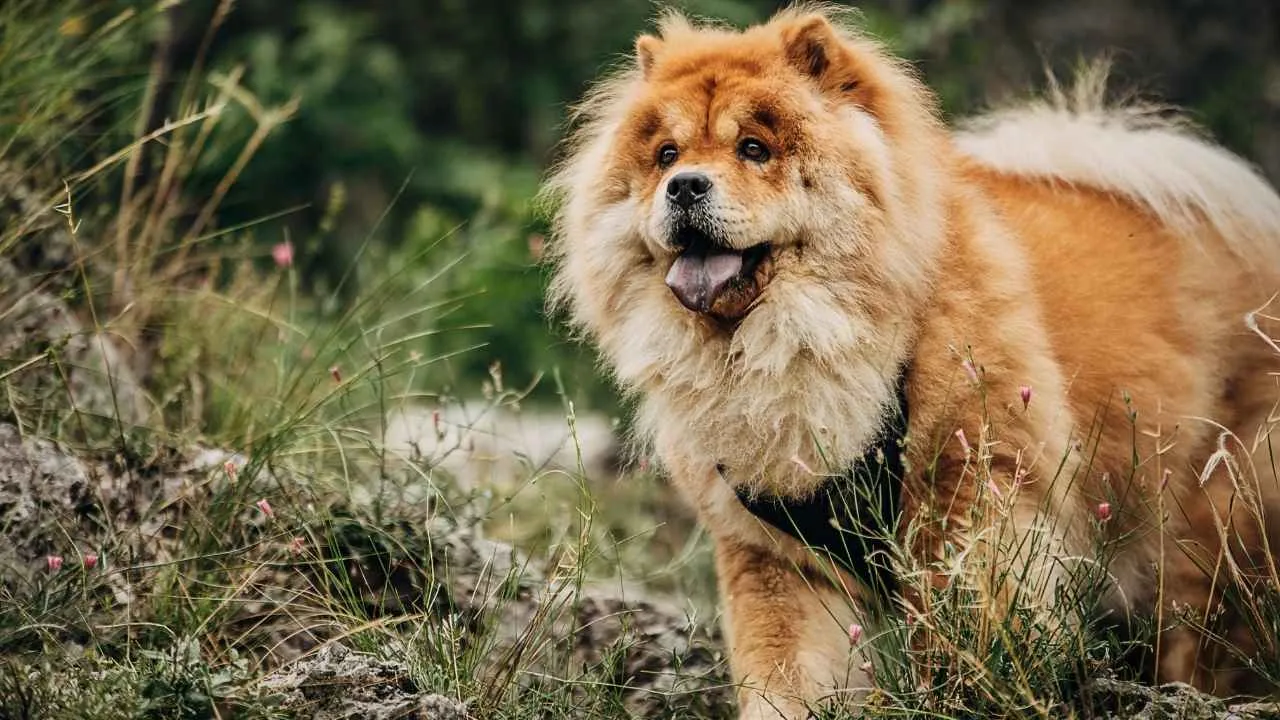
As per AKC, Chow Chows are dignified, independent, and famously standoffish. Their lion-like mane and serious expression match their personality—they don’t warm up to strangers easily. These dogs aren’t interested in unnecessary interactions, preferring to observe from a distance before deciding whether someone is worth their attention.
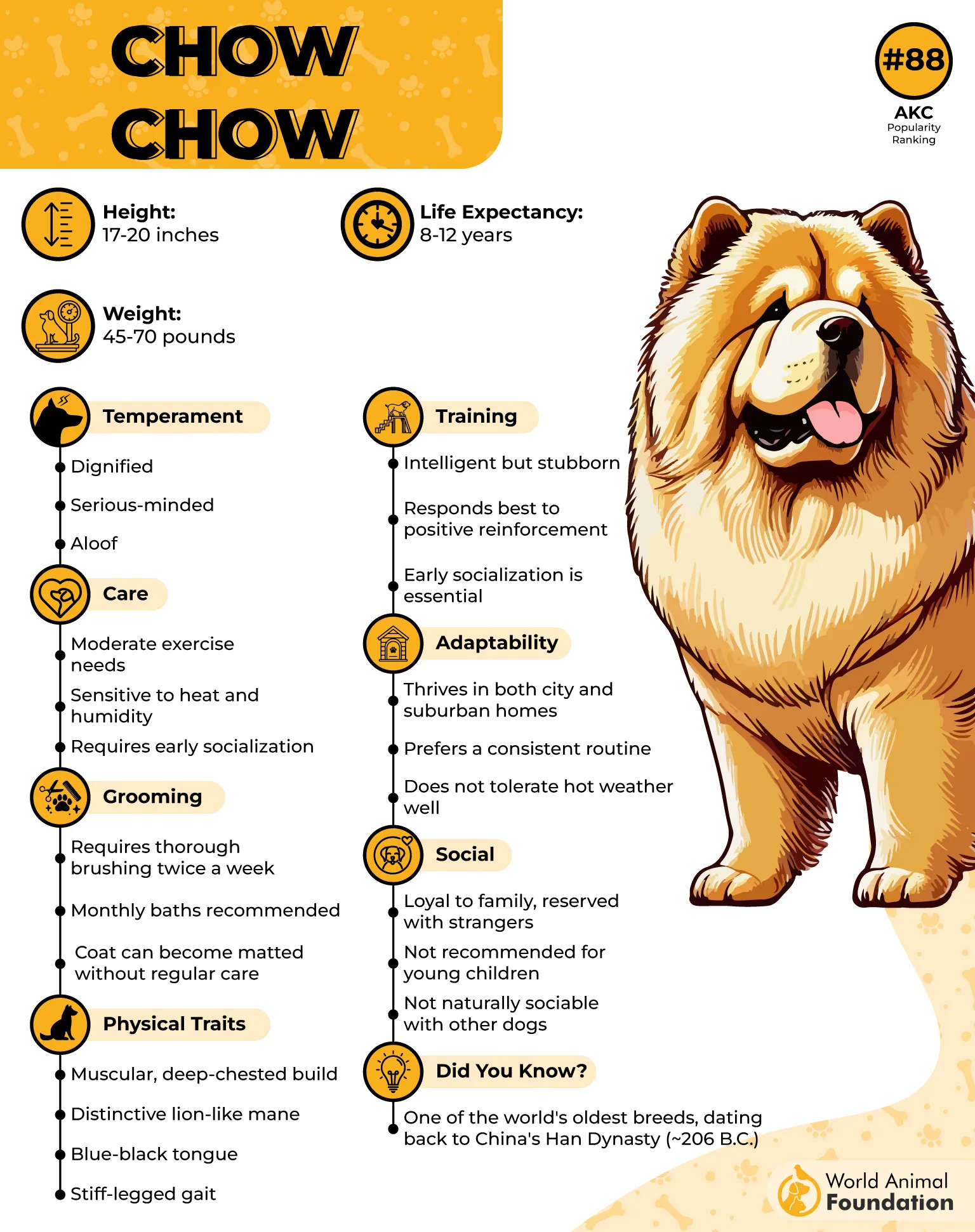
Beneath their reserved nature lies a dog that thrives on structure. They respect clear leadership but won’t blindly follow orders. Training requires consistency, patience, and creativity. They excel at learning commands but expect them to follow orders instantly, and you’ll find yourself outwitted in no time.
Maintaining a Chow Chow’s coat is a full-time job. Their thick fur tangles easily, requiring frequent brushing. Seasonal shedding turns furniture into a fur-covered landscape. Without proper grooming, mats form quickly, making regular upkeep essential for their health and striking appearance.
Not known for excessive barking, Chow Chows rely more on presence than noise. Their natural guarding instinct means they won’t sound unnecessary alarms. However, when they react, it’s with conviction—strangers rarely benefit from doubt with this breed.
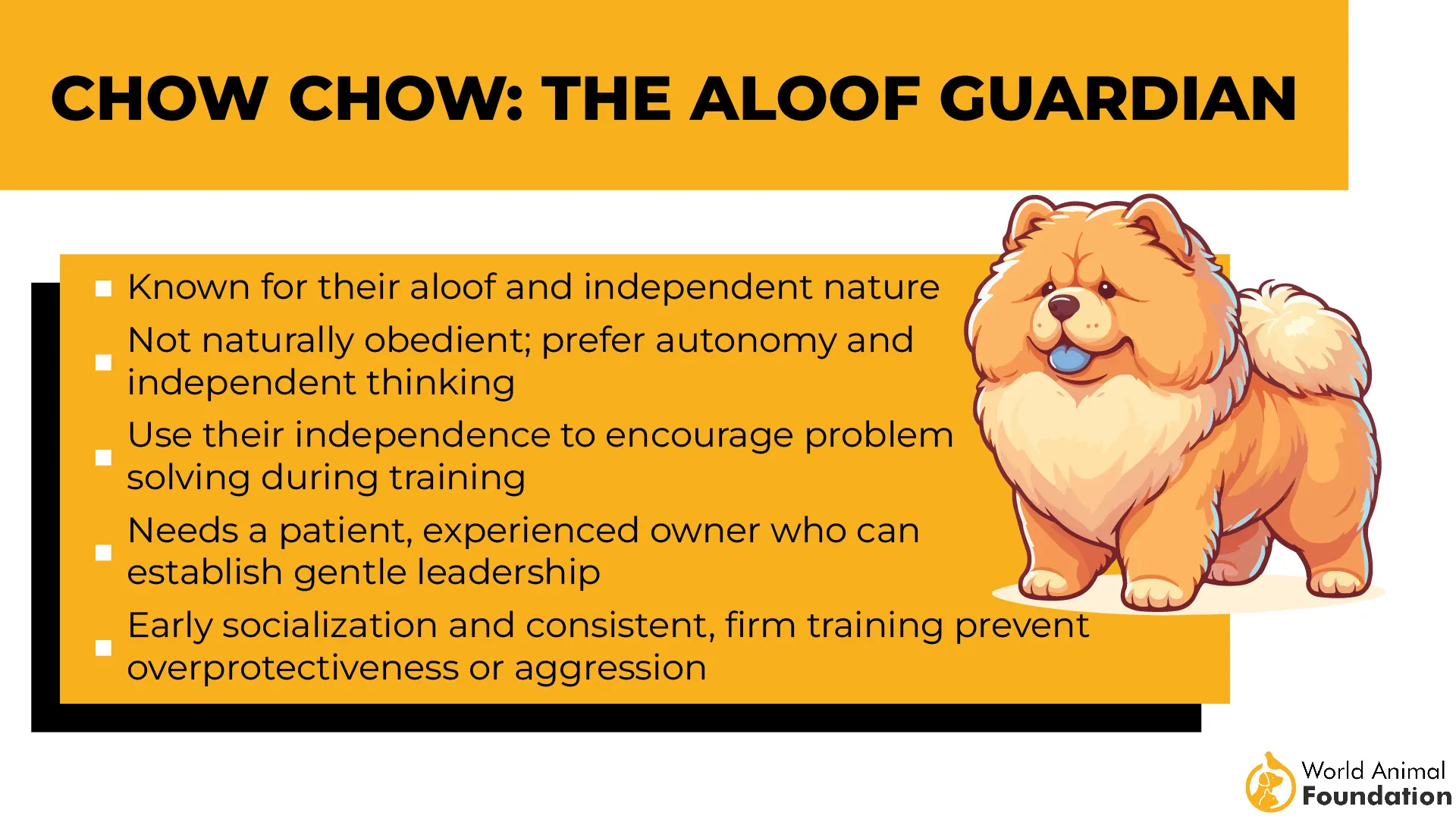
This breed’s stubborn nature means they make their own rules. They show unwavering loyalty if given a reason to trust, but they won’t force affection. Owners must earn their respect, and once they do, it’s a bond that lasts forever.
Fun Fact
Chow Chows have an unexpected secret—their tongues are a deep blue-black. This rare trait sets them apart and gives them an almost mythical appearance, making them one of the most visually striking breeds in the world.
2. Afghan Hound

Afghan Hounds carry themselves like royalty, with flowing coats and a gaze that says they know something you don’t. Their aloof nature isn’t shyness—it’s sheer confidence. They acknowledge strangers without interest, maintaining an air of mystery that only adds to their charm.
Originally bred for speed and endurance, Afghan Hounds are built like athletes. Their long legs and powerful stride make them natural sprinters. They don’t just run—they glide, covering ground effortlessly. Leash-free exercise in secure areas keeps them both physically and mentally satisfied.
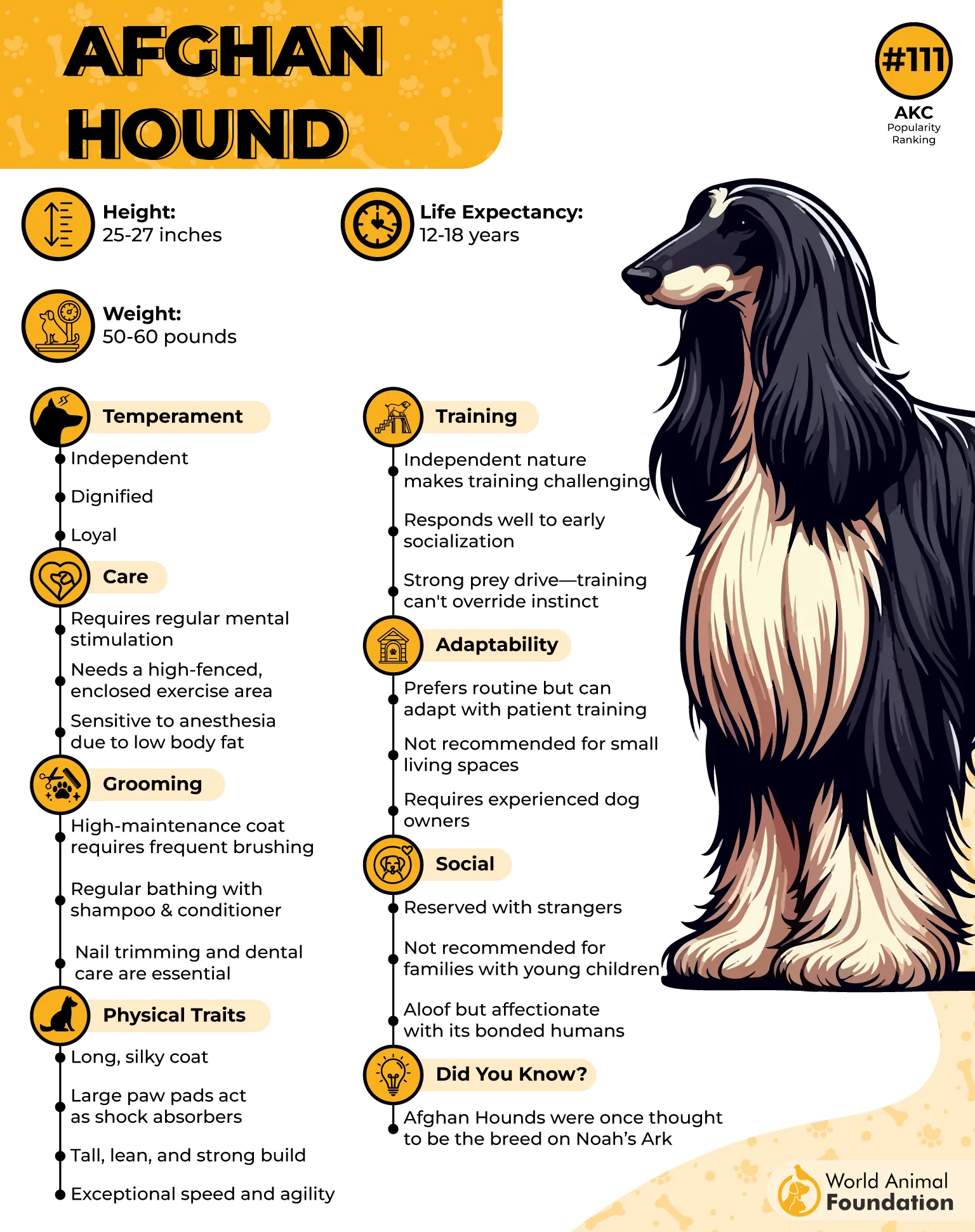
Training an Afghan Hound is like negotiating with a free spirit. They understand commands perfectly but don’t always see the point in following them. The keys to successful training sessions are to patience, creativity, and an incentive they find worthwhile.
Despite their delicate appearance, Afghan Hounds are resilient. Their thick, silky coat isn’t just for show—it once protected them from harsh weather in mountainous terrain. However, maintaining that signature look takes effort, with regular brushing to prevent tangles and matting.
These dogs don’t rely on barking to express themselves. Their sharp senses and observational skills allow them to assess situations quietly. When they decide something is worth their attention, they react with swift precision, a skill inherited from their hunting ancestry.
Fun Fact
Afghan Hounds have an incredible memory. Once they learn a face or place, they rarely forget it. This sharp recall made them exceptional hunters, as they could remember distant locations and return without hesitation, even in vast open landscapes.
3. Basenji

Basenjis are small but brimming with personality. They’re naturally suspicious of strangers, not out of fear but because they prefer to assess situations before engaging. Their aloofness isn’t coldness—it’s calculation. They observe everything, deciding on their own terms who earns their trust.
One of the most distinctive features of a Basenji is their unusual vocalization. Instead of barking, they produce a unique yodel-like sound. This “barroo” is their version of communication, making them one of the quietest yet most expressive dog breeds in the world.
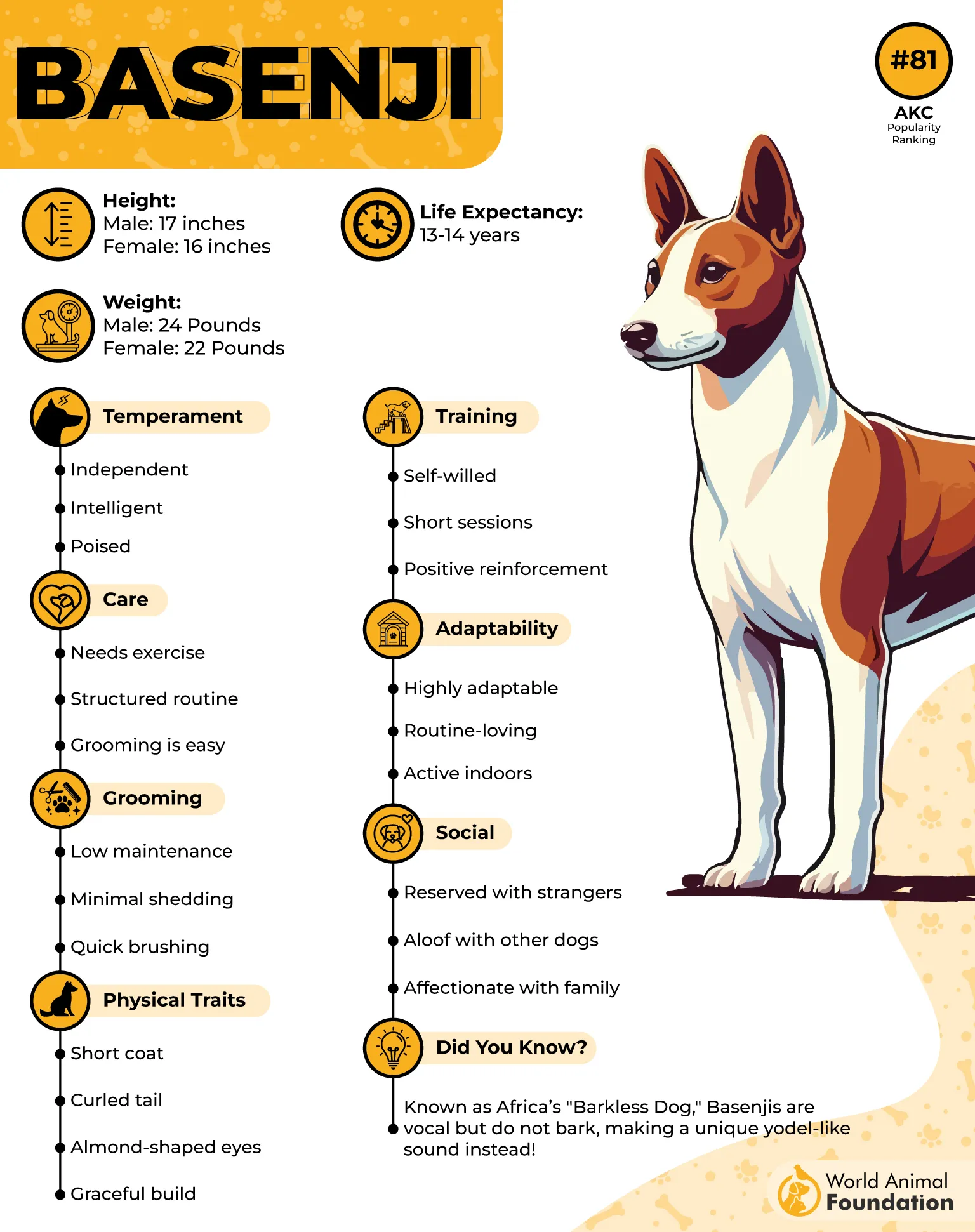
Basenjis have a mind of their own. They’re problem solvers, finding creative ways to bypass obstacles. Left unsupervised, they quickly figure out how to escape, open cabinets, or reach seemingly inaccessible places.
Their short, sleek coat requires almost no maintenance. They keep themselves clean, rarely producing a typical “dog smell.” A simple occasional brushing keeps them looking sharp, and they are surprisingly catlike in their self-grooming habits.
Despite their reserved nature, Basenjis are exceptionally active. As per PetMD, they need daily exercise, preferably in an enclosed space where they can sprint freely. If their energy isn’t burned off, they channel it into mischief, finding ways to entertain themselves in unexpected ways.
Fun Fact
Basenjis are one of the oldest dog breeds in existence. Ancient Egyptian carvings depict dogs that look remarkably similar to modern Basenjis, proving that their intelligence and distinctive nature have remained unchanged for thousands of years.
4. Borzoi
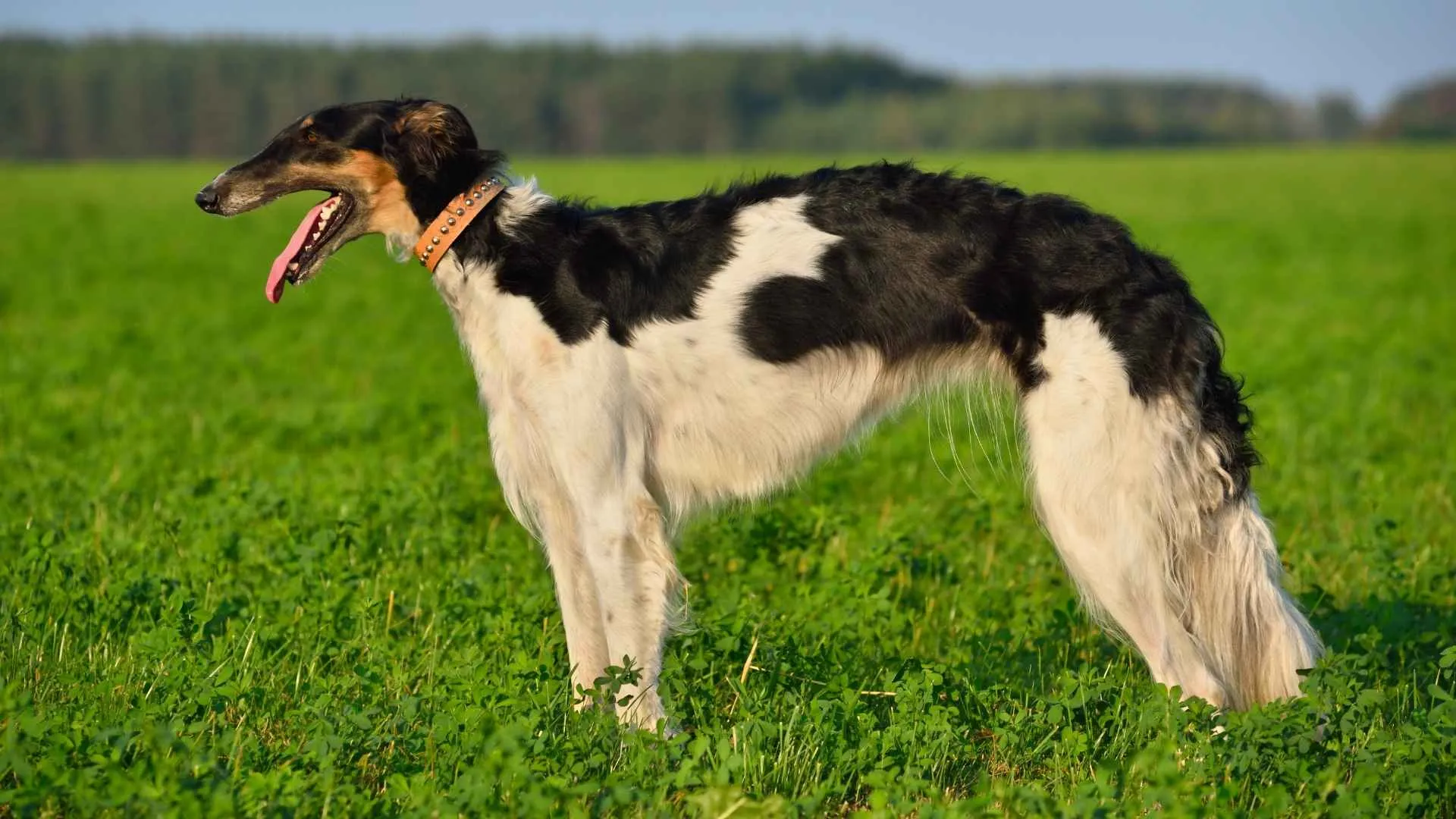
With a regal stance and an air of mystery, the Borzoi doesn’t seek attention from strangers. This elegant Russian sighthound was bred for swift hunting, relying on keen eyesight and explosive speed to chase down prey without hesitation or distraction.
A Borzoi moves like poetry in motion, covering ground effortlessly with long, fluid strides. Despite its graceful build, this breed possesses remarkable strength. Patience is essential in training, as Borzois are intelligent but prefer thinking for themselves rather than following commands blindly.
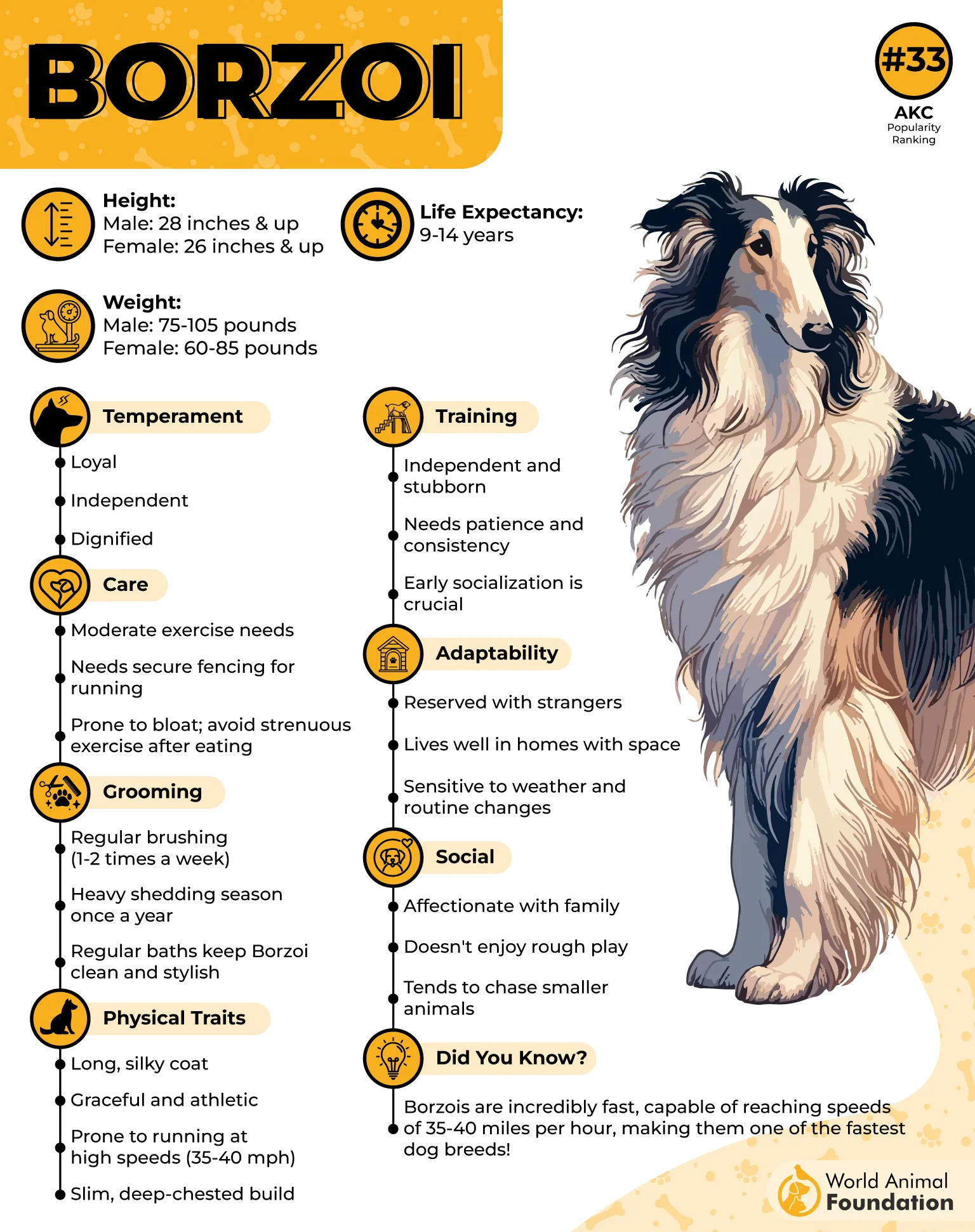
This breed’s thick, silky coat requires dedicated upkeep. Regular brushing prevents tangles and maintains its natural sheen. Shedding increases seasonally, requiring extra grooming during those times. Despite their aloof nature, they thrive in calm environments where their refined demeanor can shine.
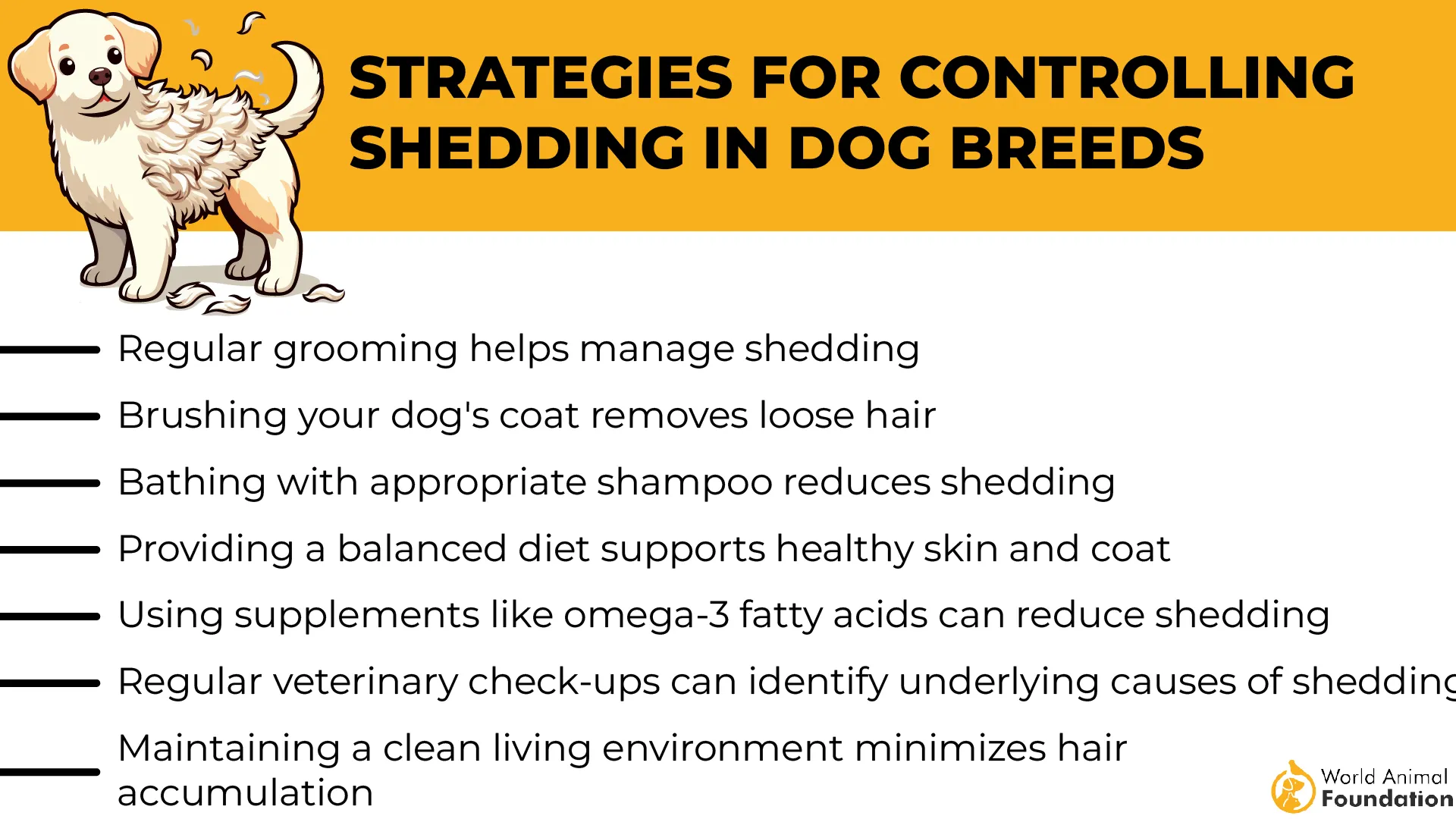
While quiet indoors, a Borzoi’s instincts awaken outdoors. Given space, it will sprint at breathtaking speeds, locked into a chase mode hardwired into its nature. Secure fencing is crucial, as its prey drive overrides recall commands when in pursuit.
Not one for unnecessary noise, the Borzoi rarely barks without reason. This makes them unpredictable as watchdogs—alert yet uninterested in drawing attention to strangers. Instead, they silently observe, assessing situations with a composed and discerning gaze.
Fun Fact
The Borzoi was once a favorite among the Russian aristocracy, with ownership restricted to nobility. These dogs were given as lavish gifts to czars and dignitaries, often accompanying royalty in grand hunting expeditions.
5. Chinese Shar Pei
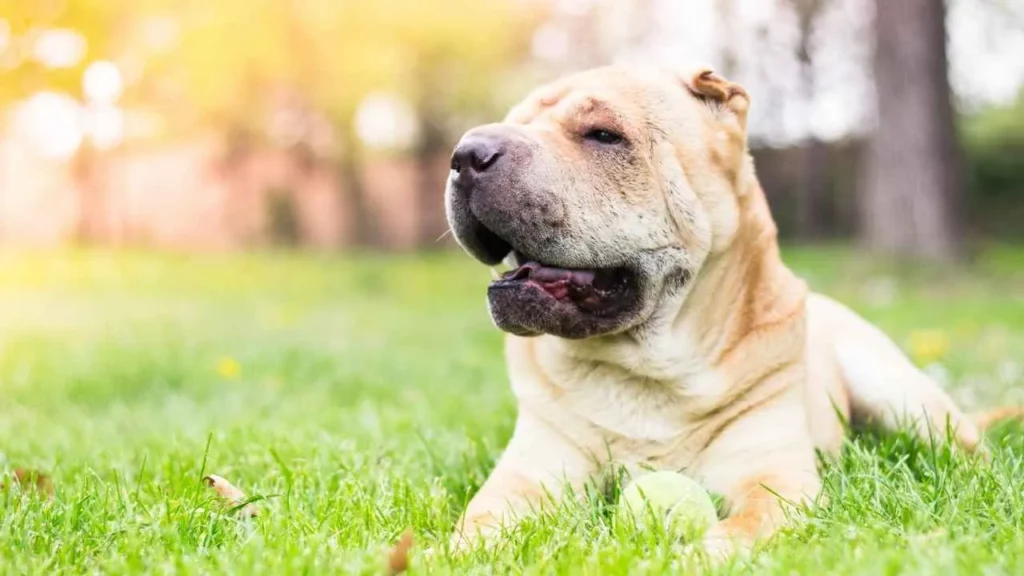
A Chinese Shar Pei isn’t one to roll out a welcome mat for strangers. This ancient breed was once a guardian of farms and homes, instinctively protecting what was theirs. Even today, their reserved nature keeps them cautious around unfamiliar faces.
Those distinctive wrinkles aren’t just for looks—they played a role in the breed’s past as a fighting dog. Loose skin made it difficult for opponents to gain a grip, allowing the Shar Pei to wriggle free from holds during confrontations.
Despite their stoic demeanor, Shar Peis form deep bonds with their families. They communicate in subtle ways, often using expressive eyes rather than excessive barking. Socialization from a young age helps balance their natural wariness with controlled confidence.
Grooming a Shar Pei is surprisingly simple. Their short, bristle-like coat resists dirt and requires minimal maintenance. However, their signature skin folds need regular care, as moisture buildup in wrinkles can lead to irritation or infections if not kept dry.
When it comes to training, a Shar Pei prefers structure over repetition. They grasp commands quickly but may resist unnecessary drills. Earning their trust and respect ensures a more cooperative response, as they’re independent thinkers who dislike being pressured.
Fun Fact
The name “Shar Pei” means “sand skin” in Cantonese, due to the breed’s rough-textured coat. Historically, their sandpaper-like fur made them harder for opponents to latch onto during confrontations.
6. Alaskan Malamute
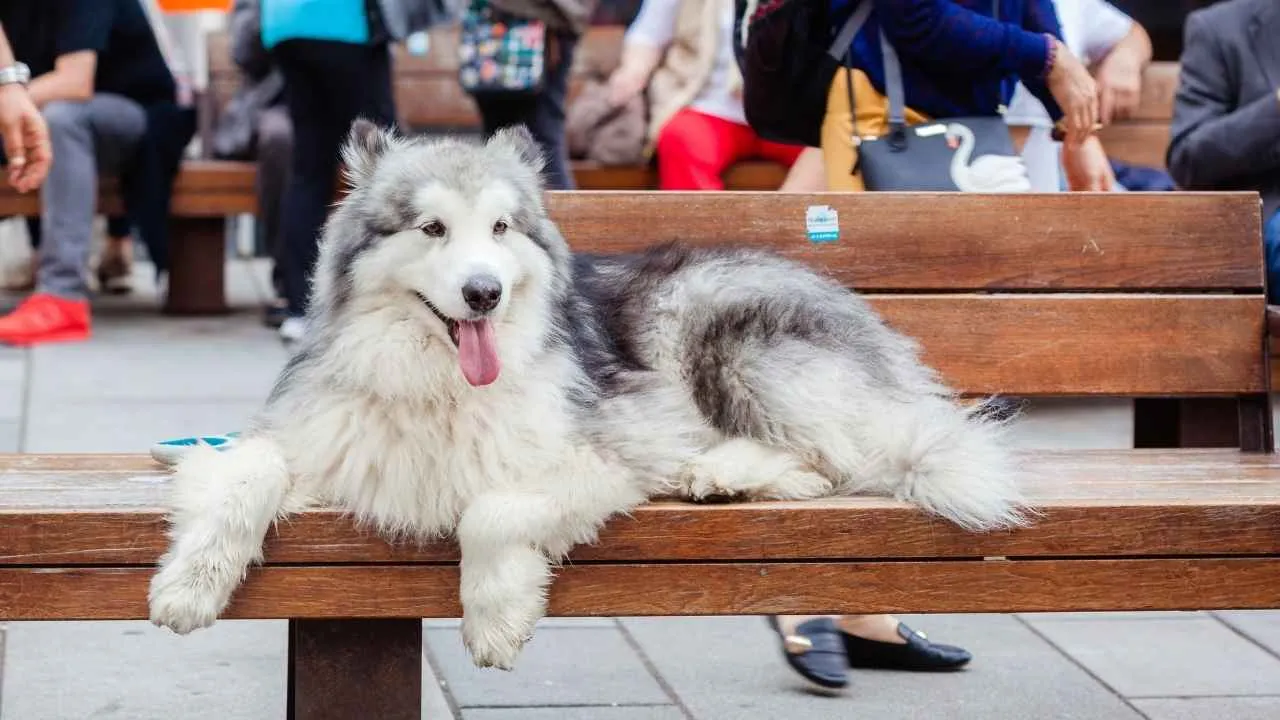
The Alaskan Malamute isn’t interested in impressing strangers. Bred for endurance rather than speed, these powerful sled dogs have a mind of their own. While friendly with those they trust, their aloof attitude keeps them indifferent to unfamiliar people.
Strength defines this breed, both physically and mentally. Originally hauling heavy sleds across frozen landscapes, Malamutes possess remarkable stamina. As per Britannica, their muscular build requires purposeful exercise, as they thrive when given tasks that engage their strength and determination.

A Malamute’s thick double coat protects against extreme cold, but it sheds in full force twice a year. During this period, loose fur covers everything. Regular brushing helps manage the seasonal fur explosion, though a shed-free home is unrealistic.
Malamutes work best with mutual respect. They learn quickly but prefer deciding when to obey. Training should focus on patience and consistency, as they don’t respond well to forceful or repetitive instruction.
Their independence makes them poor off-leash candidates. A Malamute’s curiosity leads them to wander, and their strong prey drive means smaller animals may trigger their instincts. Secure fencing is essential to prevent unplanned adventures fueled by their exploratory nature.
Fun Fact
Alaskan Malamutes were part of early polar expeditions, hauling heavy supplies across treacherous ice. Their incredible strength made them indispensable to Arctic explorers navigating some of the harshest conditions on Earth.
7. Akita
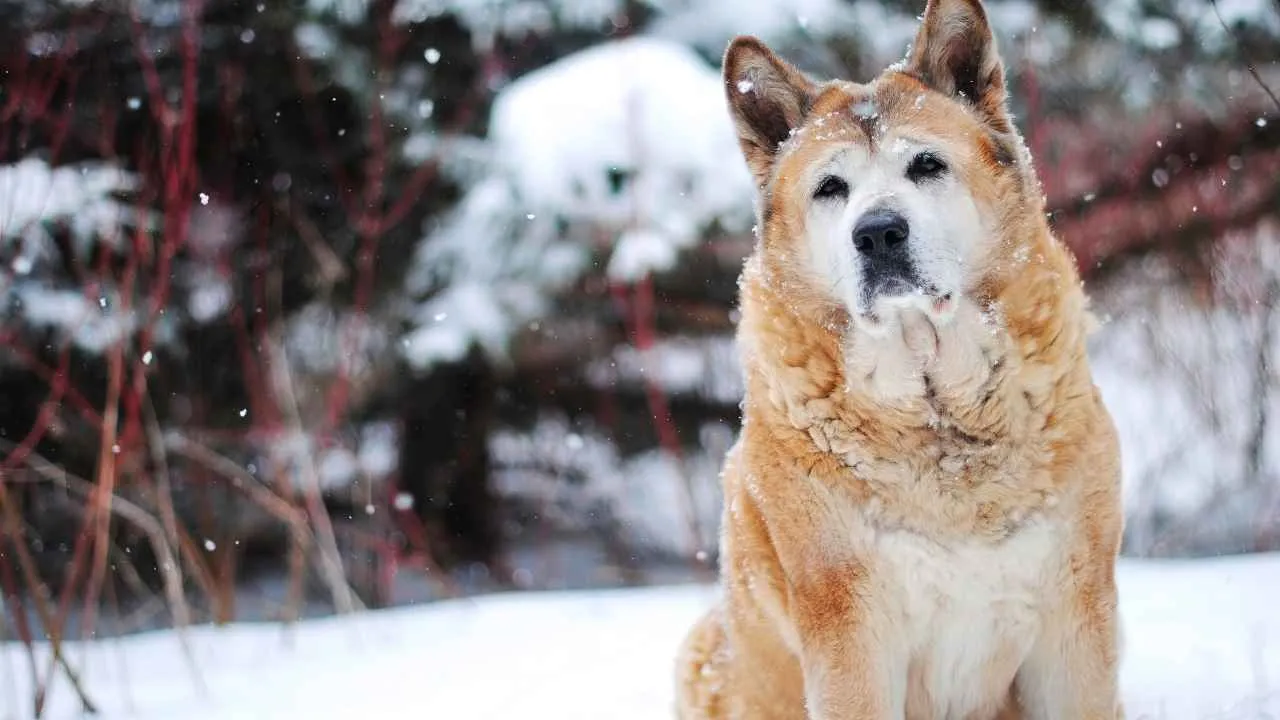
An Akita carries itself with an unwavering confidence, keeping strangers at a distance. This Japanese breed has a long history as a guardian, displaying a silent but commanding presence. They don’t seek approval, choosing to observe rather than engage.
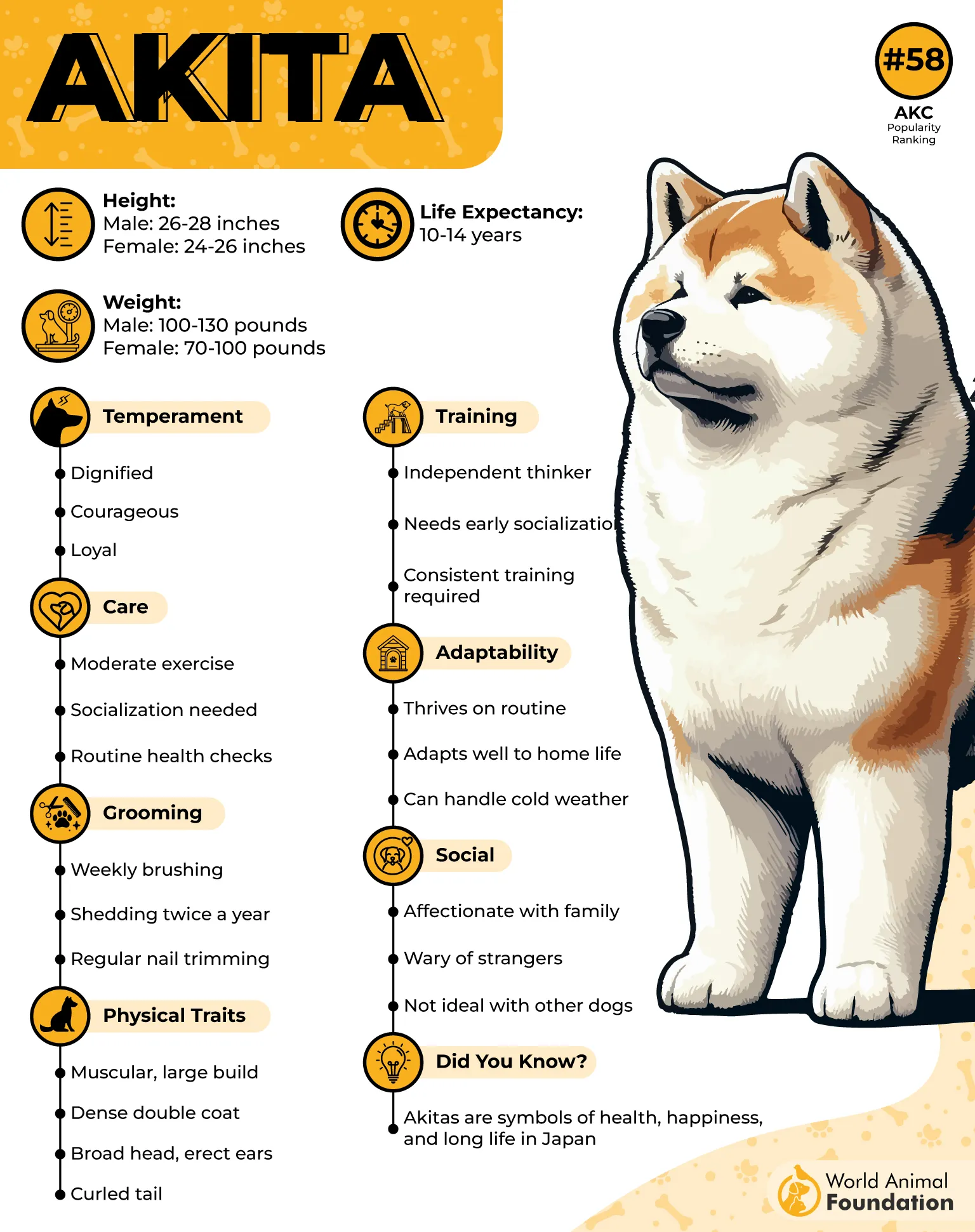
Akitas are known for their quiet nature. They rarely bark unnecessarily. Instead, they use deep grumbles, expressive eyes, and subtle body language to communicate, making them attentive watchdogs who assess situations before reacting.
Their thick double coat adapts to changing seasons. While daily upkeep isn’t excessive, they shed heavily twice a year, requiring frequent brushing during those times. A well-maintained coat keeps their insulation effective, especially in colder climates where they thrive.
Loyalty runs deep with Akitas, but so does their independent spirit. Training requires firm yet respectful leadership, as they aren’t inclined to follow commands blindly. Earning their trust fosters cooperation, but they expect fairness rather than rigid control.
While devoted to their household, Akitas maintain an aloof attitude toward outsiders. They remain watchful without unnecessary aggression, stepping in only when truly needed. This makes them formidable protectors, always observing yet never acting impulsively.
Fun Fact
In Japan, Akitas symbolize strength and good fortune. A small Akita statue is often given as a gift to those recovering from illness or starting a new chapter in life, representing health and protection.
Conclusion
Aloof dog breeds bring a unique presence to any home, combining independence with strong loyalty. Their reserved nature means they won’t seek attention from strangers, making them reliable and self-sufficient companions. While they may not be overly social, their devotion to their families is undeniable. Many of these dogs are naturally protective, making them excellent guard dogs when properly trained.
Owning an aloof breed requires understanding and patience. Proper and early socialization helps them balance their cautious instincts with good manners. They thrive in environments where their space is respected and their independence is valued. With the right approach, they become confident and well-adjusted without unnecessary aggression. Unlike other dogs, these breeds remain naturally wary, assessing situations before reacting.
Each breed on this list has distinct traits that set it apart. Their reserved personalities make them fascinating companions, offering both security and unwavering loyalty to those who earn their trust.


